At the turn of the 20th Century, the population of Bakersfield was over five thousand. The Kern River oil fields were discovered in 1899, bringing a large-scale petroleum industry to Bakersfield. In 1889, a fire destroyed the city’s business district, but it was quickly rebuilt. As a result of this discovery, the petroleum industry skyrocketed again in the area. Oil paved the way for manufacturing industries to increase production as the petroleum industry took off significantly.
In 1900, the city began operating electric streetcar and postal delivery systems. Standard Oil Company began construction on the county’s first oil pipeline in 1901. The pipeline runs from the Kern River field north of Bakersfield to Point Richmond north of San Francisco Bay. In 1908 Construction began on the Los Angeles Aqueduct, a 233-mile-long water conveyance system. To divert water from the Owens River through eastern Kern County to a reservoir in the San Fernando Valley, 4,000 workers tunneled through earth and rock. In 1913, the aqueduct was dedicated.
Some stunning historical photos show Bakersfield, California, in the 1900s.
#1 Bakersfield High School, 1907
#2 Beale Memorial Clock Tower, 1904
#3 Petroleum School in the Kern River Oil Field; J.M. Saffe, Architect, Bakersfield, 1900
#4 Kern Island canal head gate, 2,5 miles of Bakersfield, 1909
#5 Robert M. Holtsby’s Bakersfield home, 1901
#6 19th Street Bakersfield, 1904
#7 Lowell Elementary School, Bakersfield, 1902
#8 Lowell Elementary School. It was located on corner of 10th and H. Probably constructed sometime between 1902 and 1907.
#9 Members of the Benevolent and Protective Order of Elks shown near houses in Bakersfield, 1909
#10 A.B. Searles Camp. U.S. Geol. Survey. Bakersfield, 1904
#11 View of Chester Avenue looking south in Bakersfield, showing the Grand Hotel, 1900
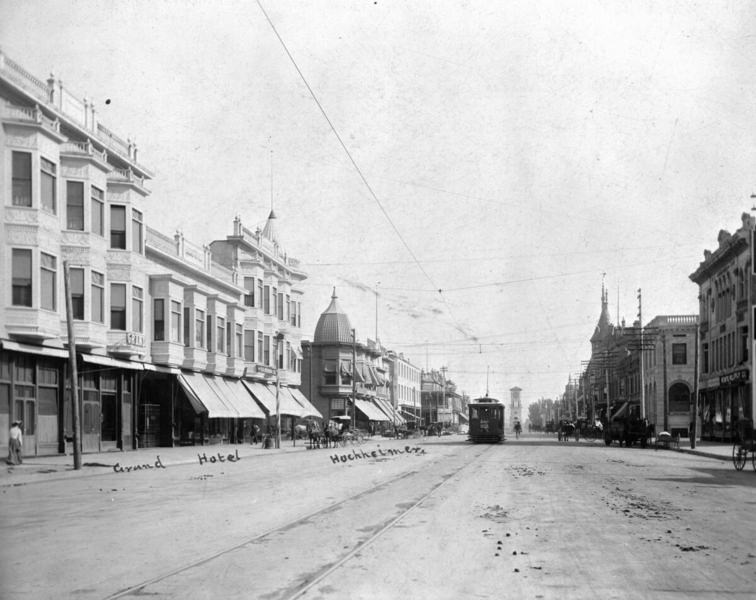
Two- to three-story Victorian-style buildings are visible on either side of the wide, unpaved street. To the left, the Grand Hotel can be seen in the foreground, while the Hochheimer can be seen on the corner of the same side of the street near a horse-drawn cart. At center, a streetcar makes its way down the center of the road, the clock tower visible in the distance.
#12 Exterior view of the Weill Block in Bakersfield, 1900
#13 View of the Beale Clock Tower in Bakersfield, 1900
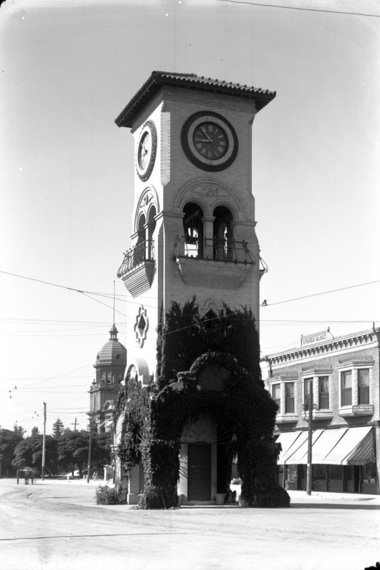
The tall rectangular tower is at center. The base of the brick building is covered in ivy, while the roof is made of terracotta tiles. Four small balconies can be seen near arched openings in the middle of the tower. Two clock faces can be seen high on the tower, both showing the time to be about five minutes to nine. The tower is located in the middle of a dirt street. The two-story Stoner Block building is visible in the background at right, while a tall building with a domed roof is visible at left. The law office of Geo. Whitaker can be seen in the Stoner building
#14 Exterior view of the A. W. Bannister hay, grain and storage buildingm 1900
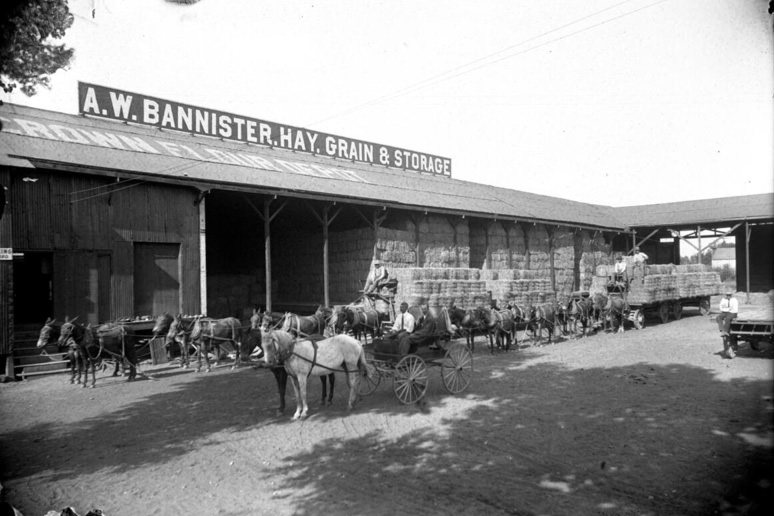
The large building is L-shaped and stretches across the entire image. Large stacks of hay bales can be seen under the high roof at center, while a large opening at right allows hay wagons to pass through the structure. Two large flatbed wagons can be seen at center, each pulled by a team of eight mules and loaded with bales of hay.
#15 First Baptist Church, 20th and G Streets, William M. Collins, Pastor, 1905.
#16 The Suey On Association, a fraternal organization of Chinese merchants, was located at 2110 L Street, 1900
#17 Southern Hotel, Bakersfield, 1905
#18 Emerson School, interior, 1905
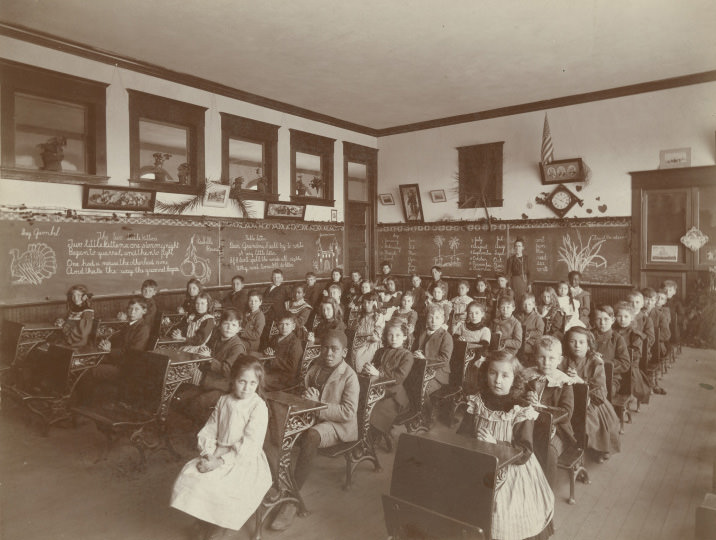
Students in classroom, believed to be at Emerson School, with teacher.Girl sitting in front row, with white dress, is Doris Stoner, born July 1895, daughter of Austin Foster T. Stoner. Doris Stoner is the great-aunt of Gaye Lenahan, who donated several family pictures of the Stoner family.


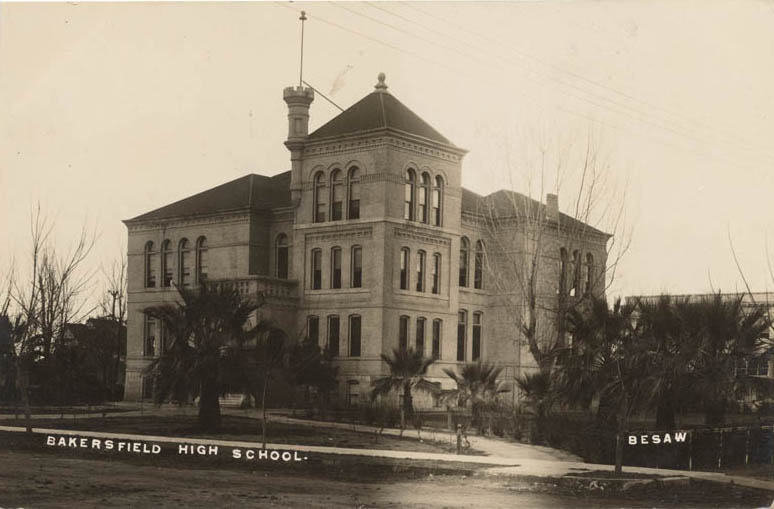
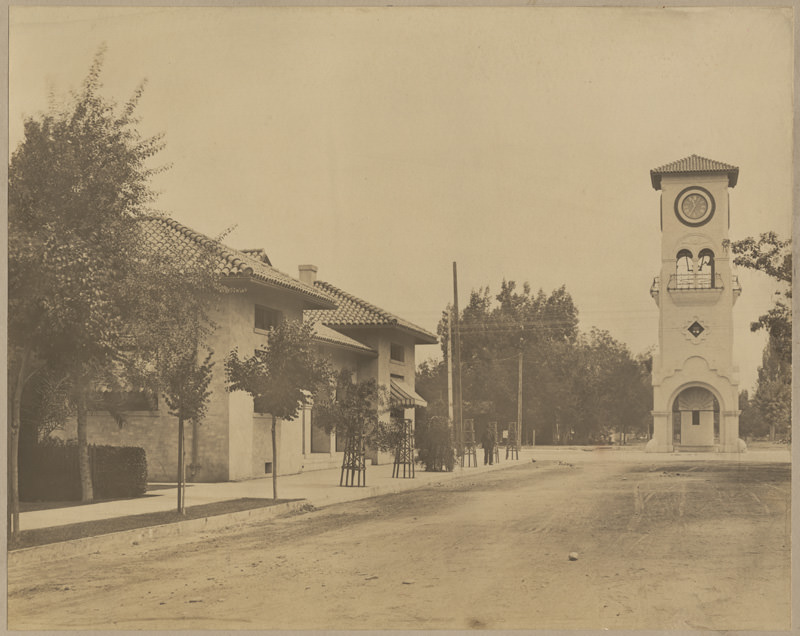
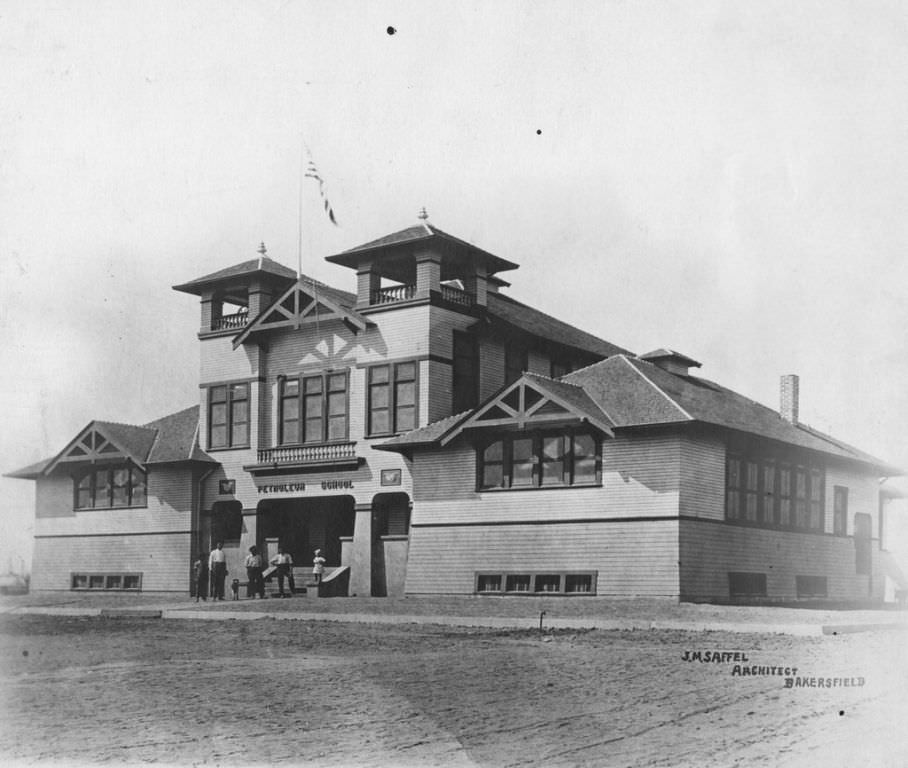
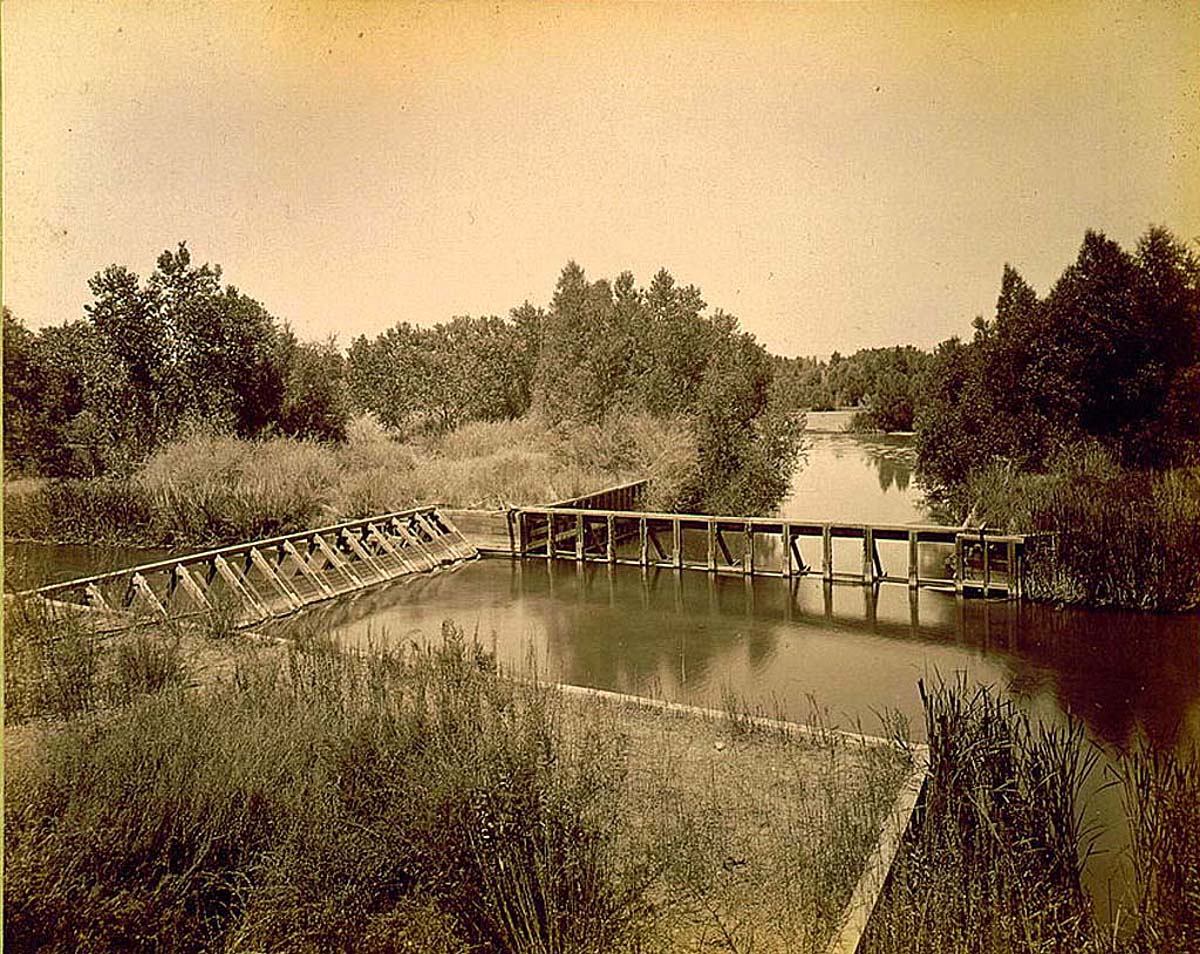
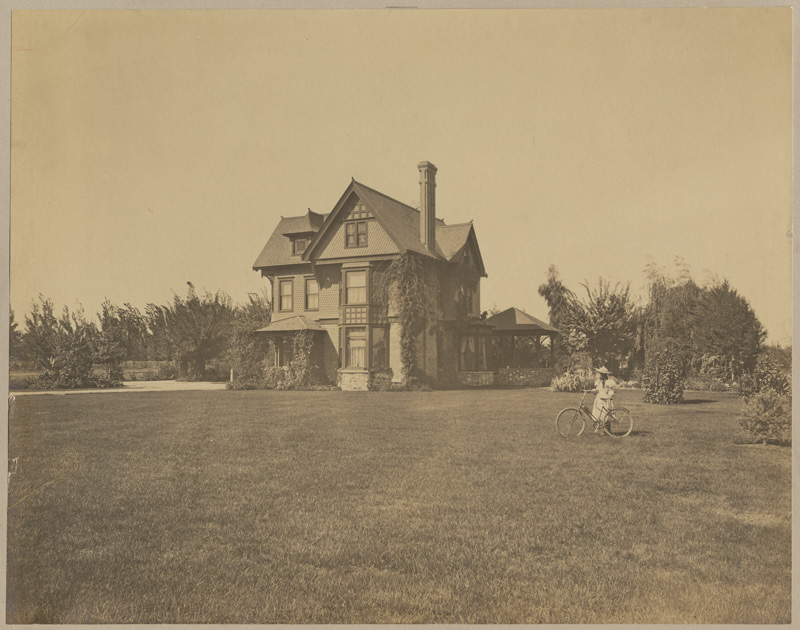
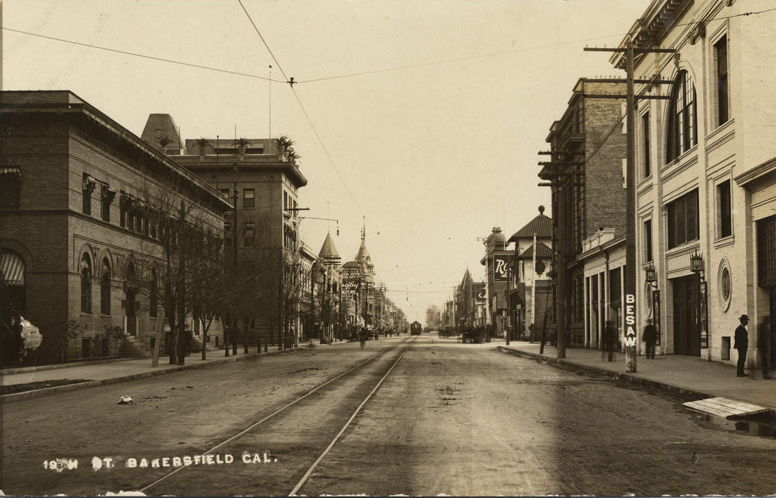
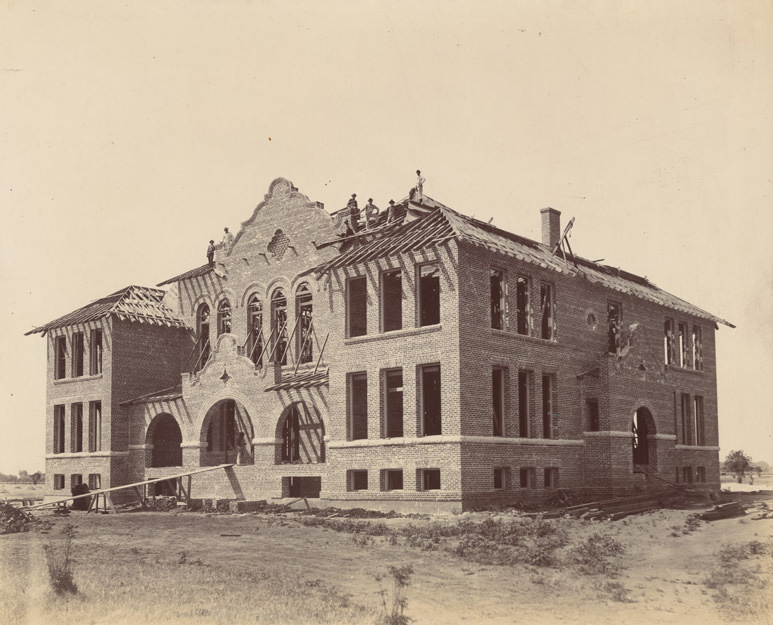
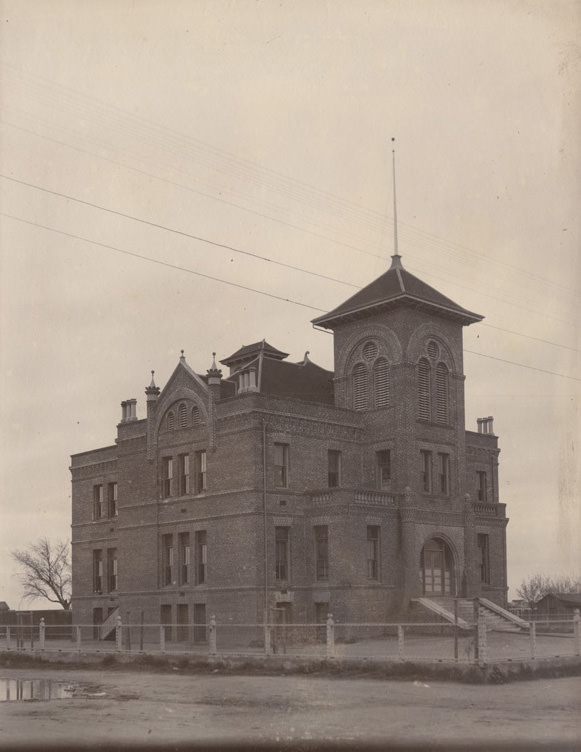
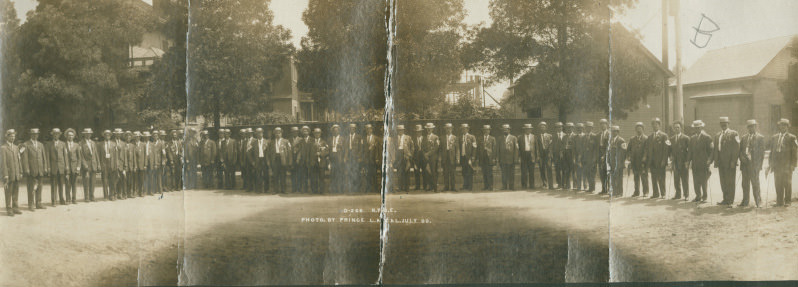
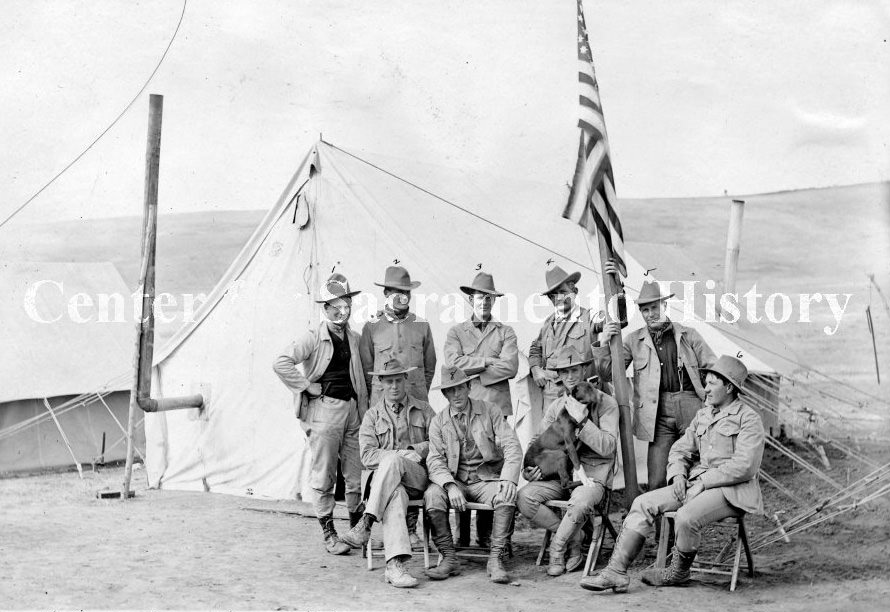
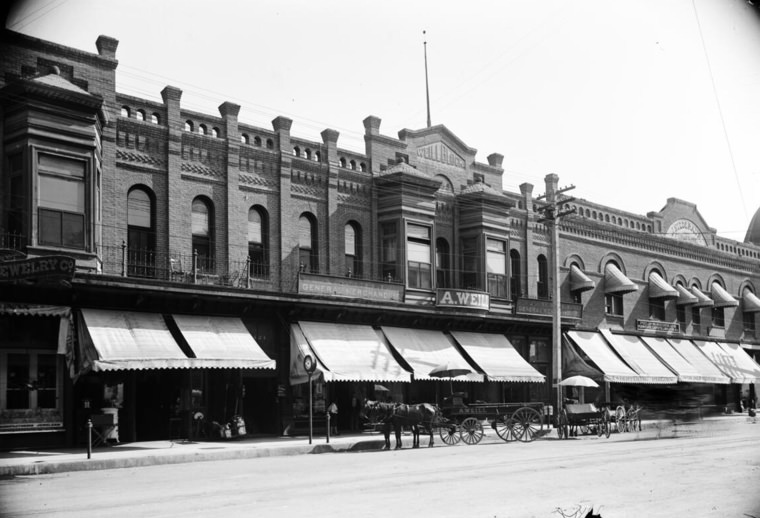
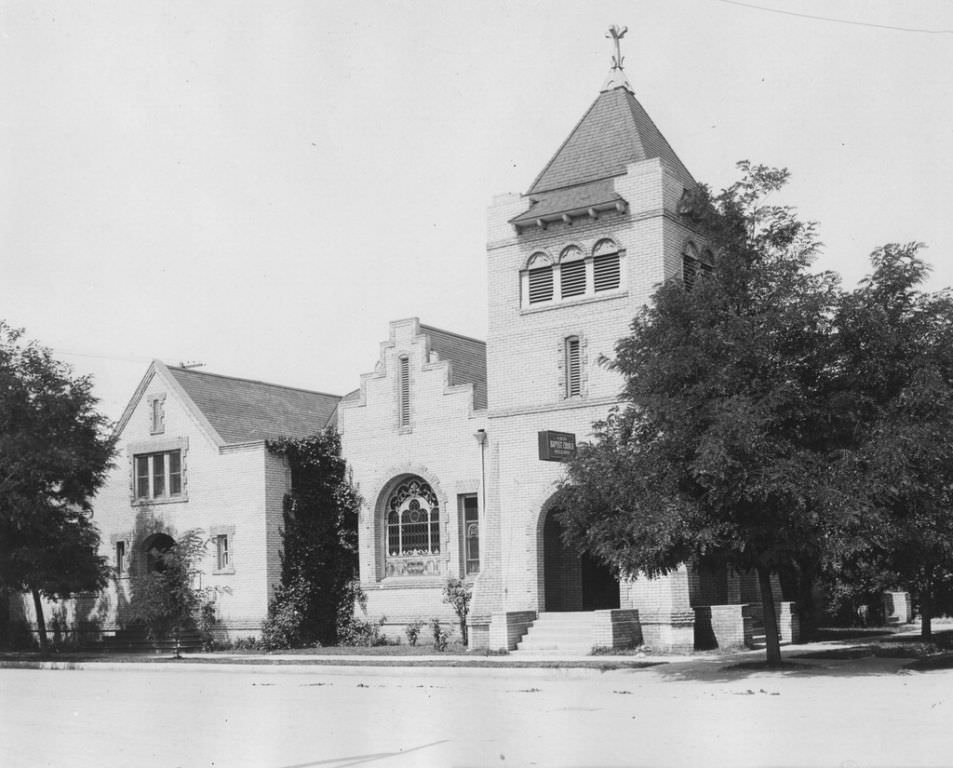
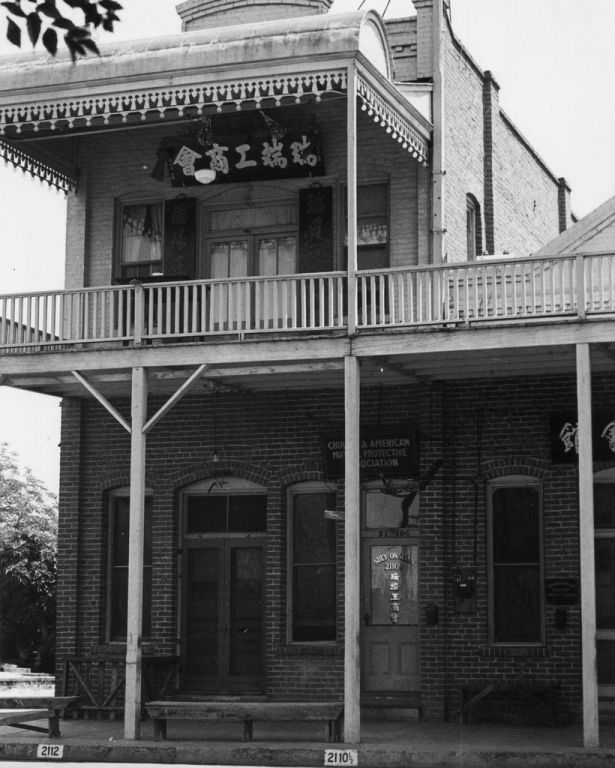
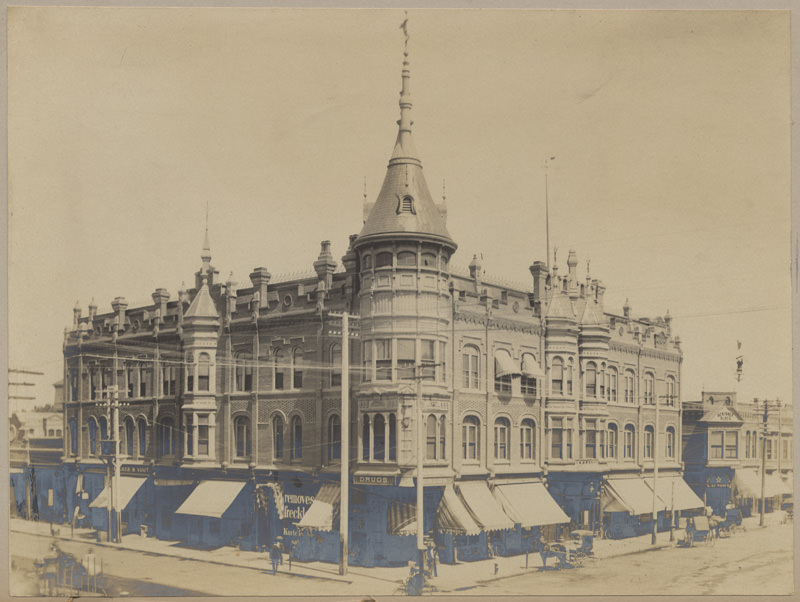
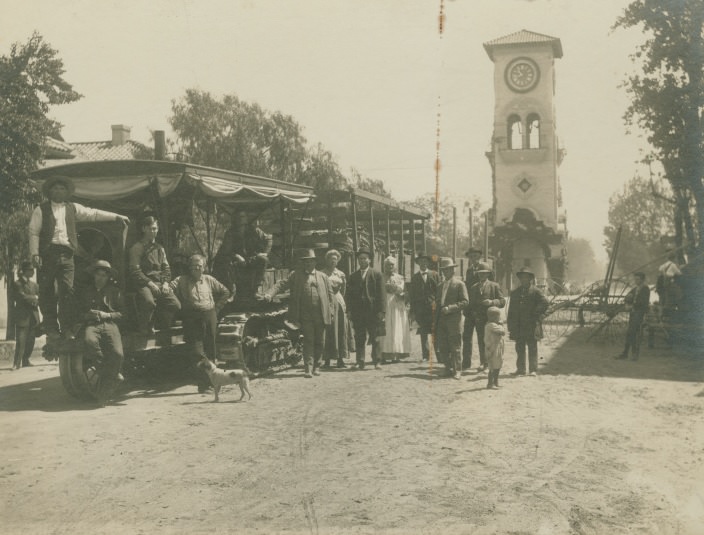
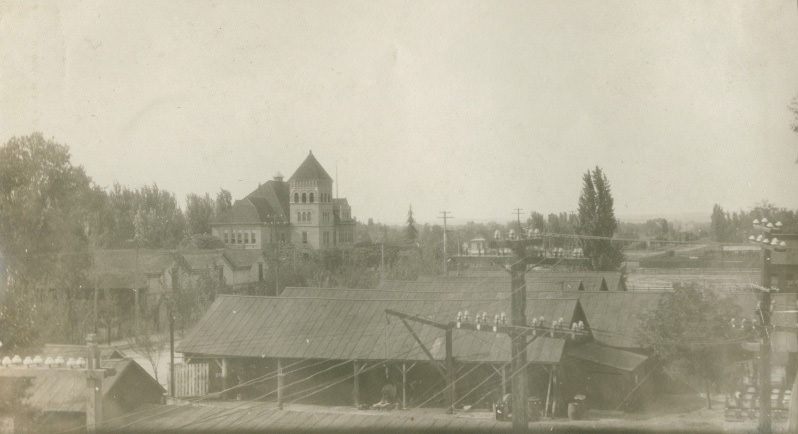
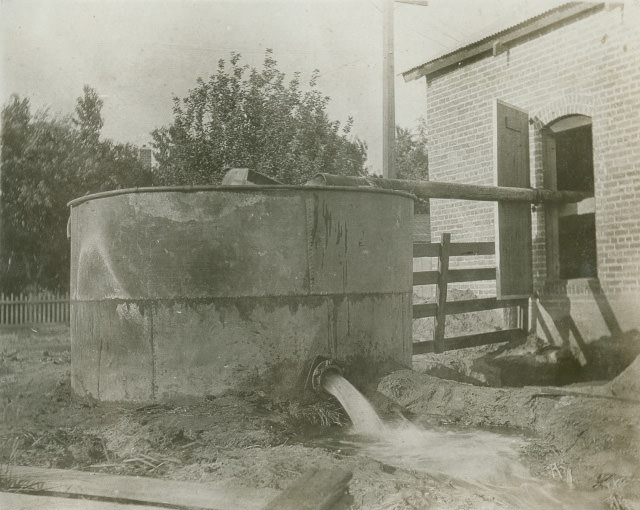
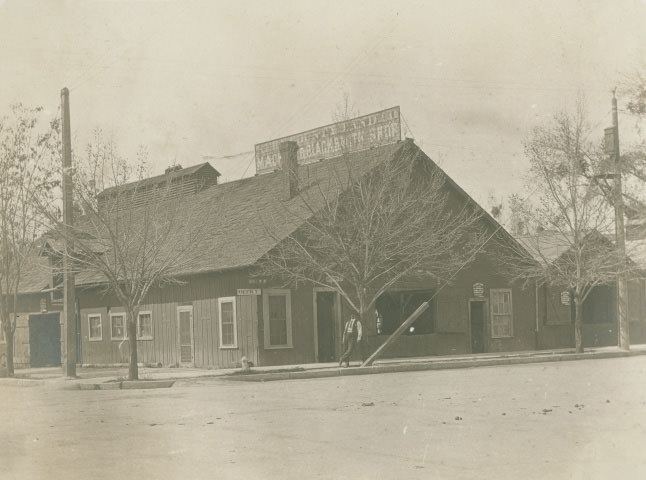
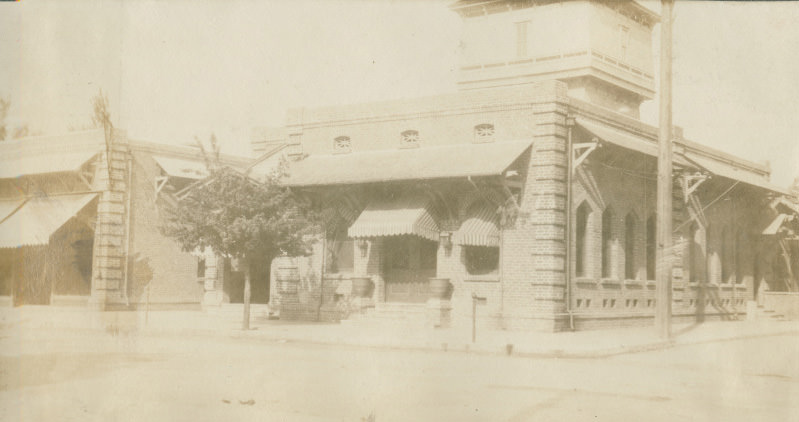
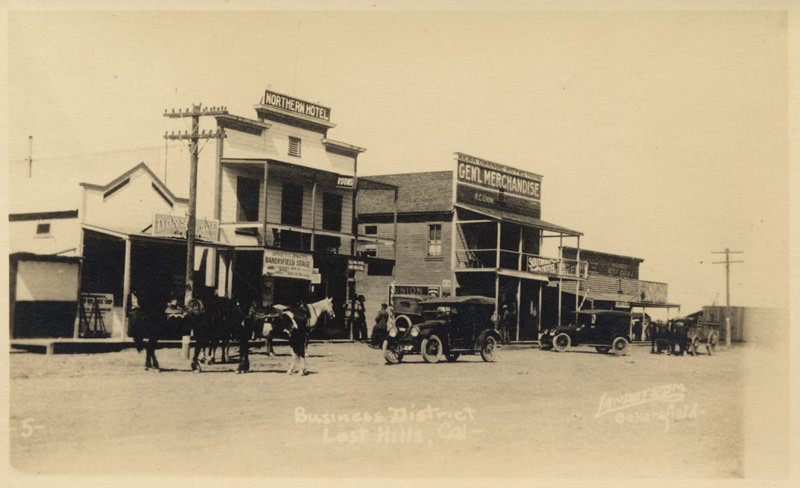
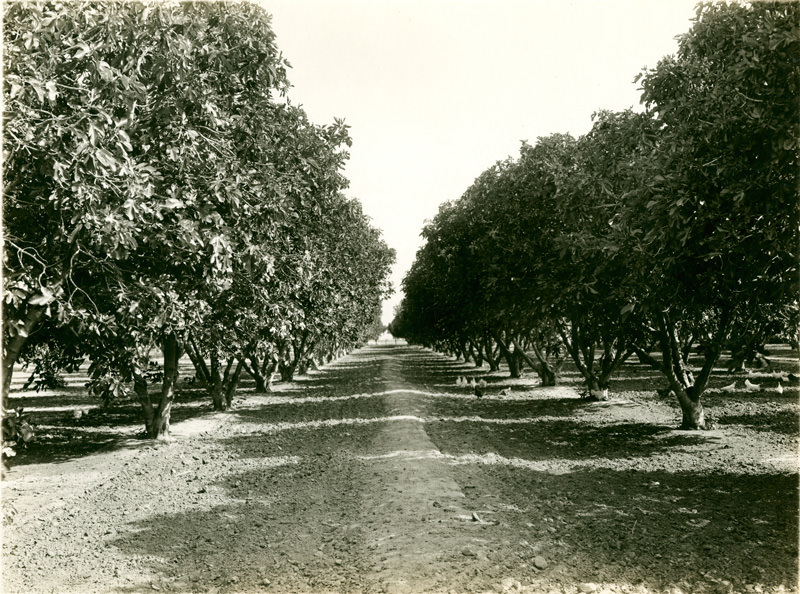
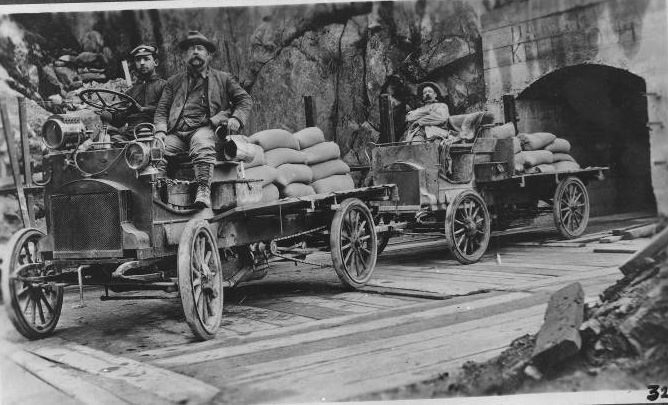
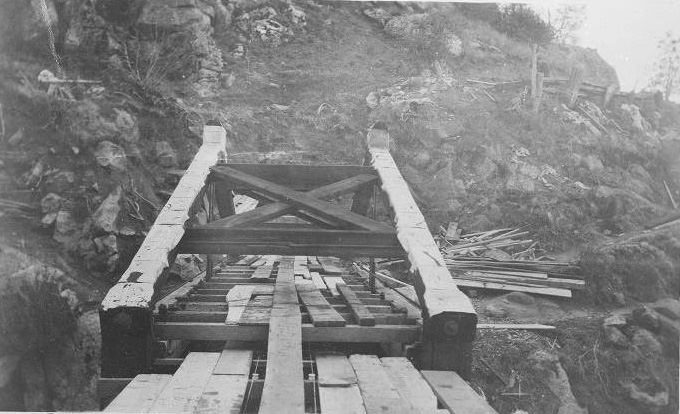
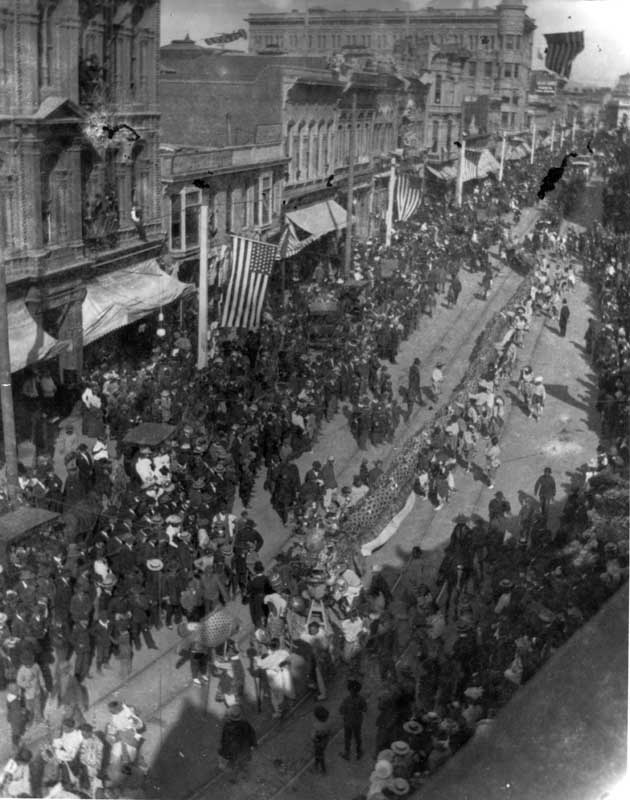
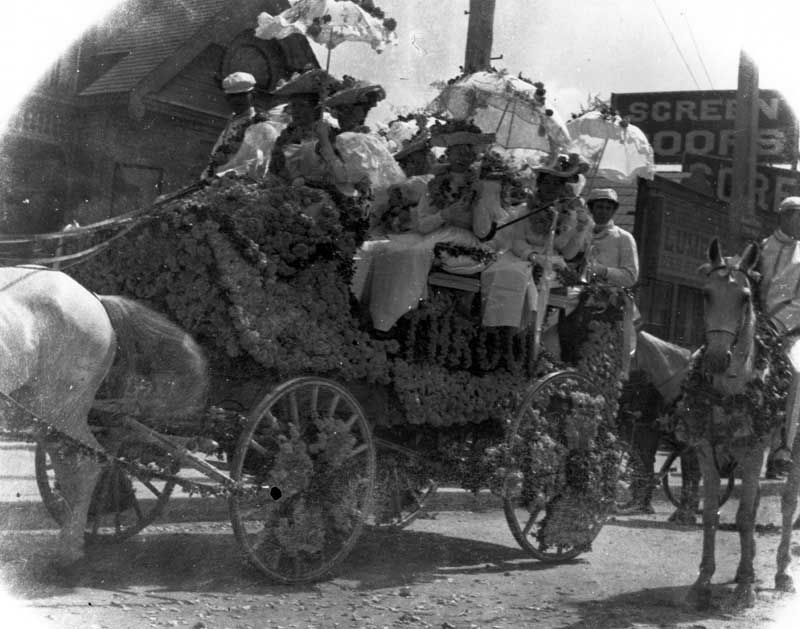
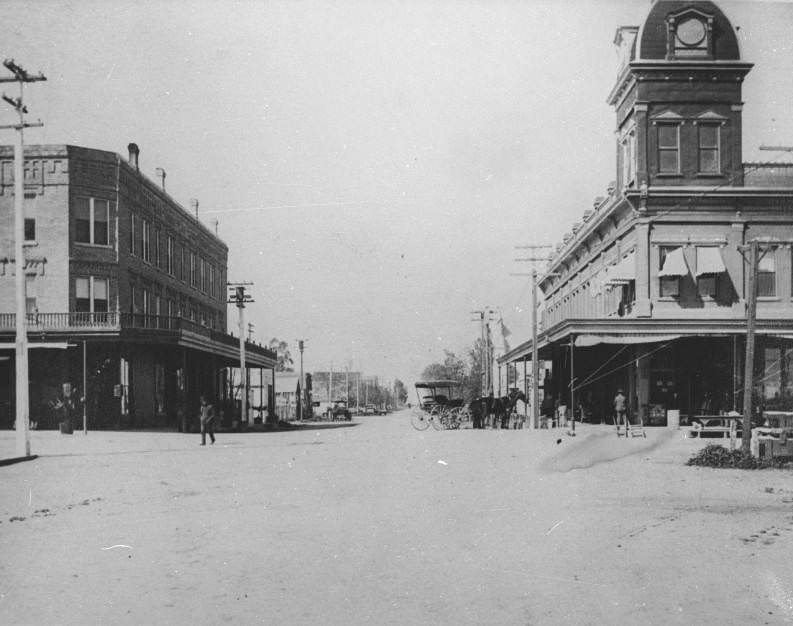
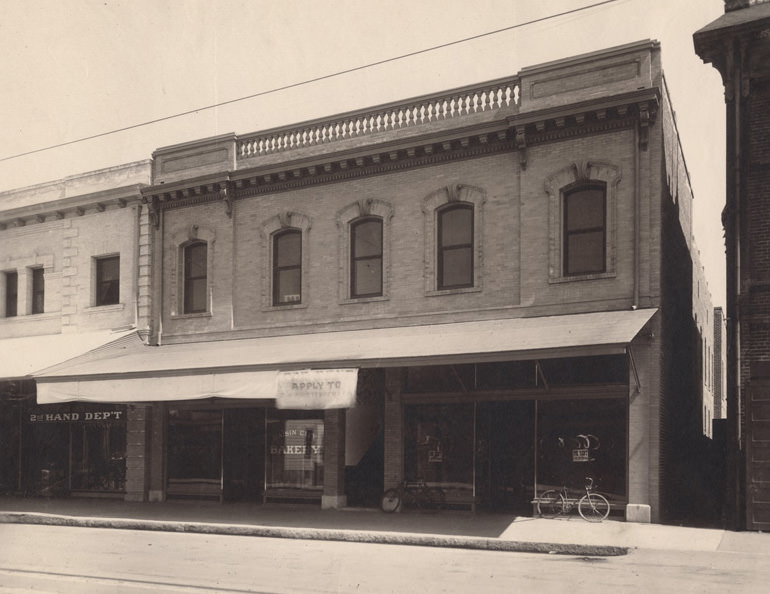
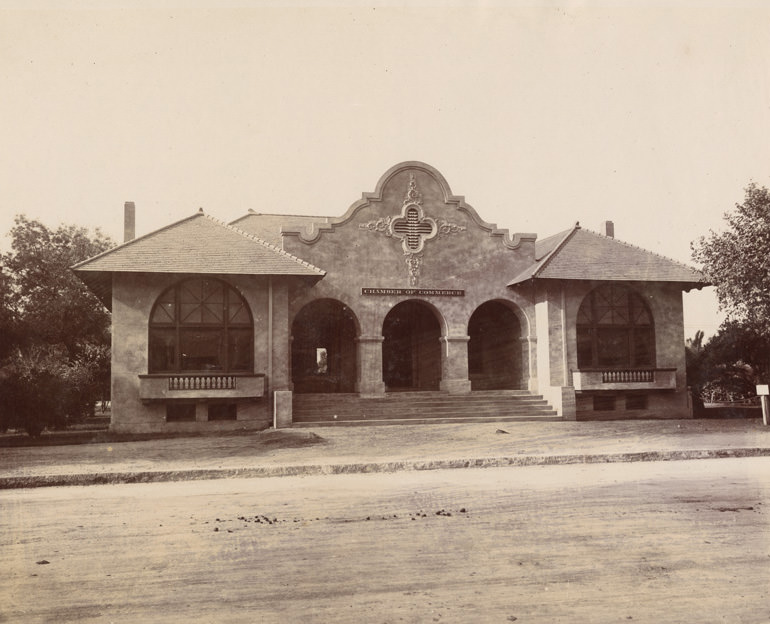
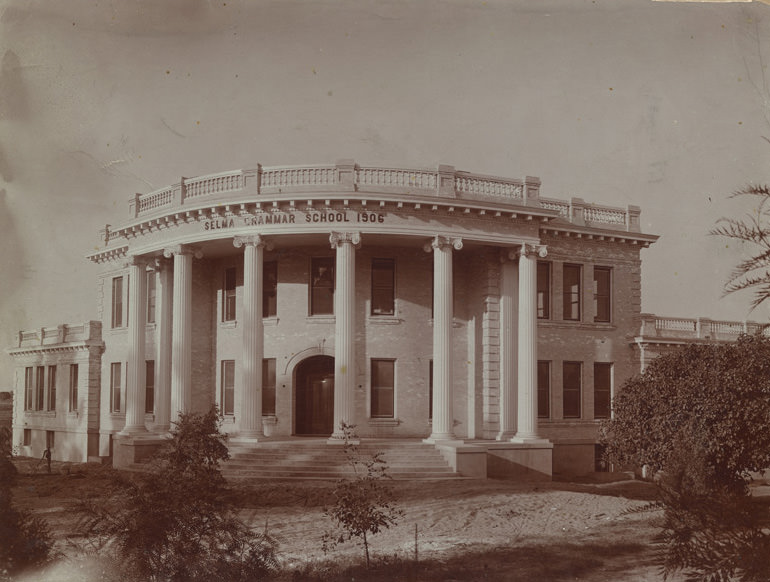
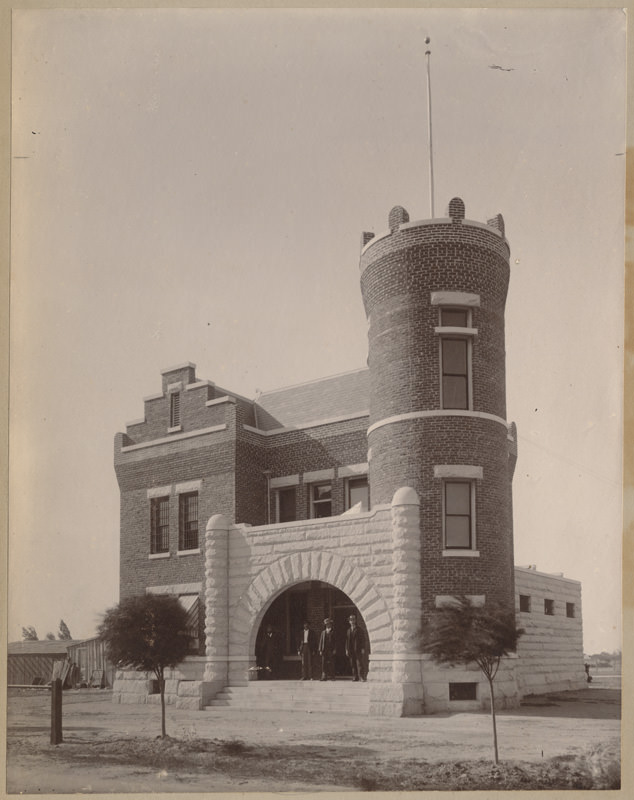
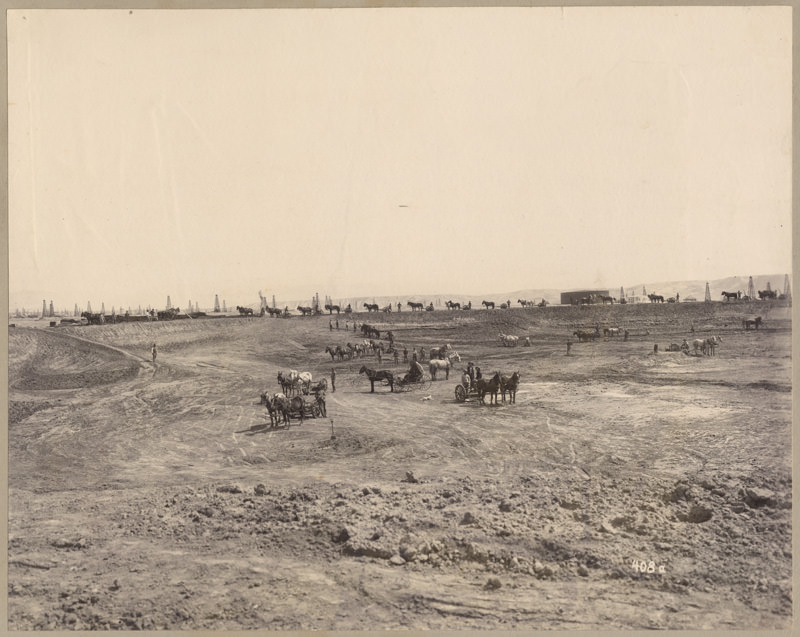
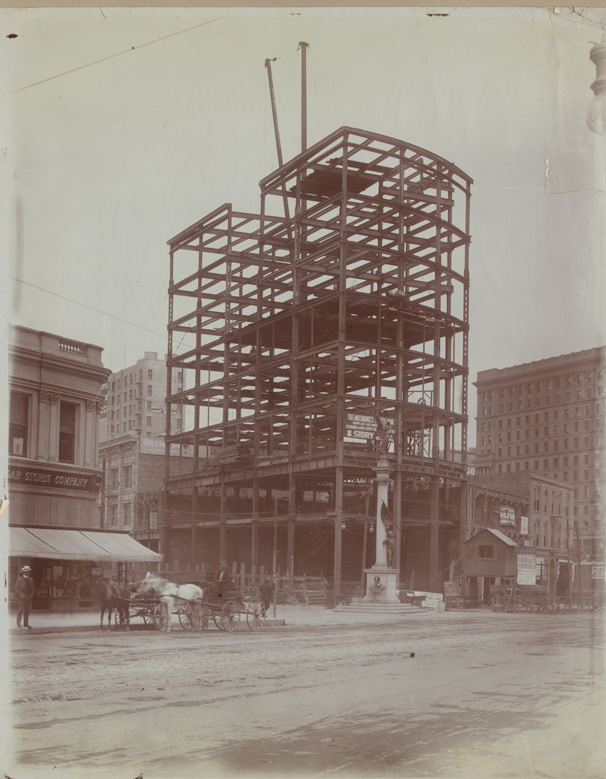
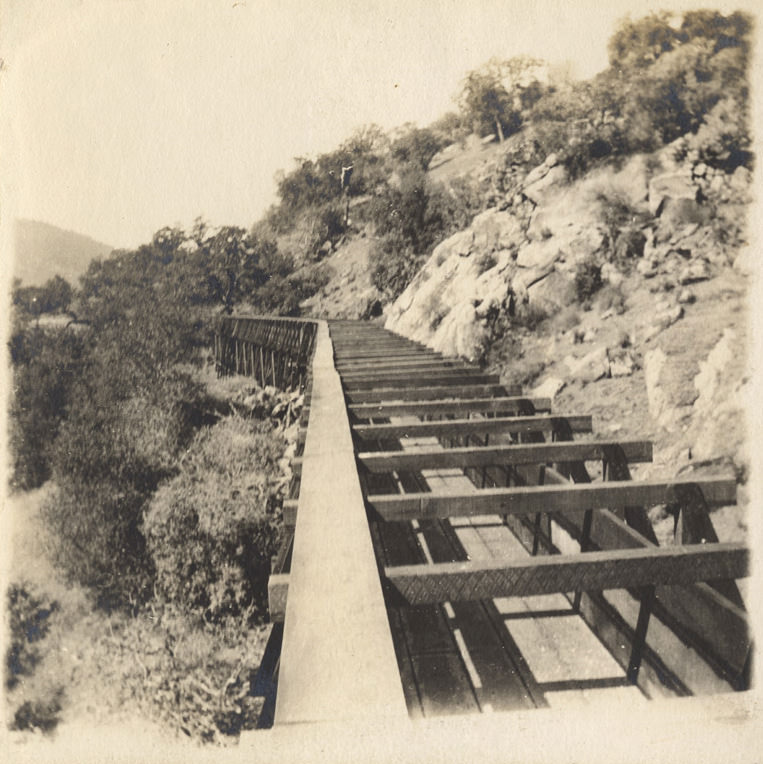
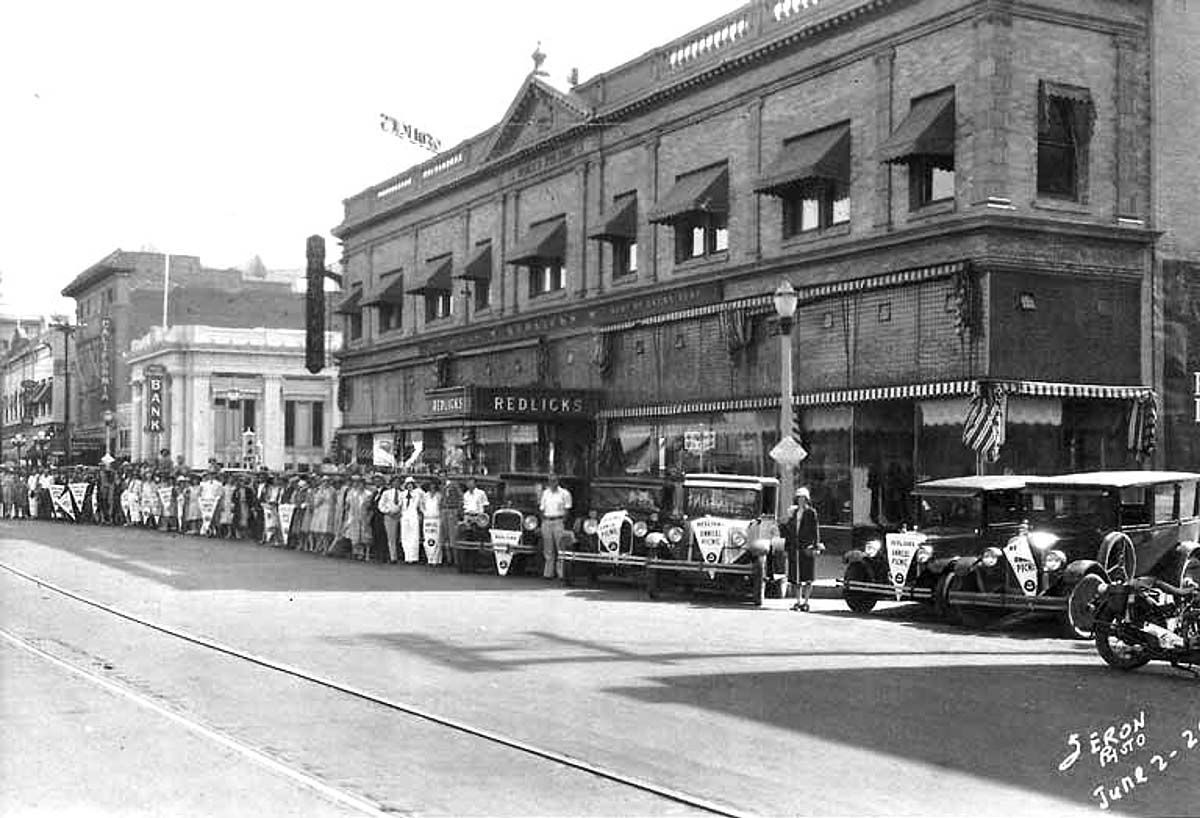
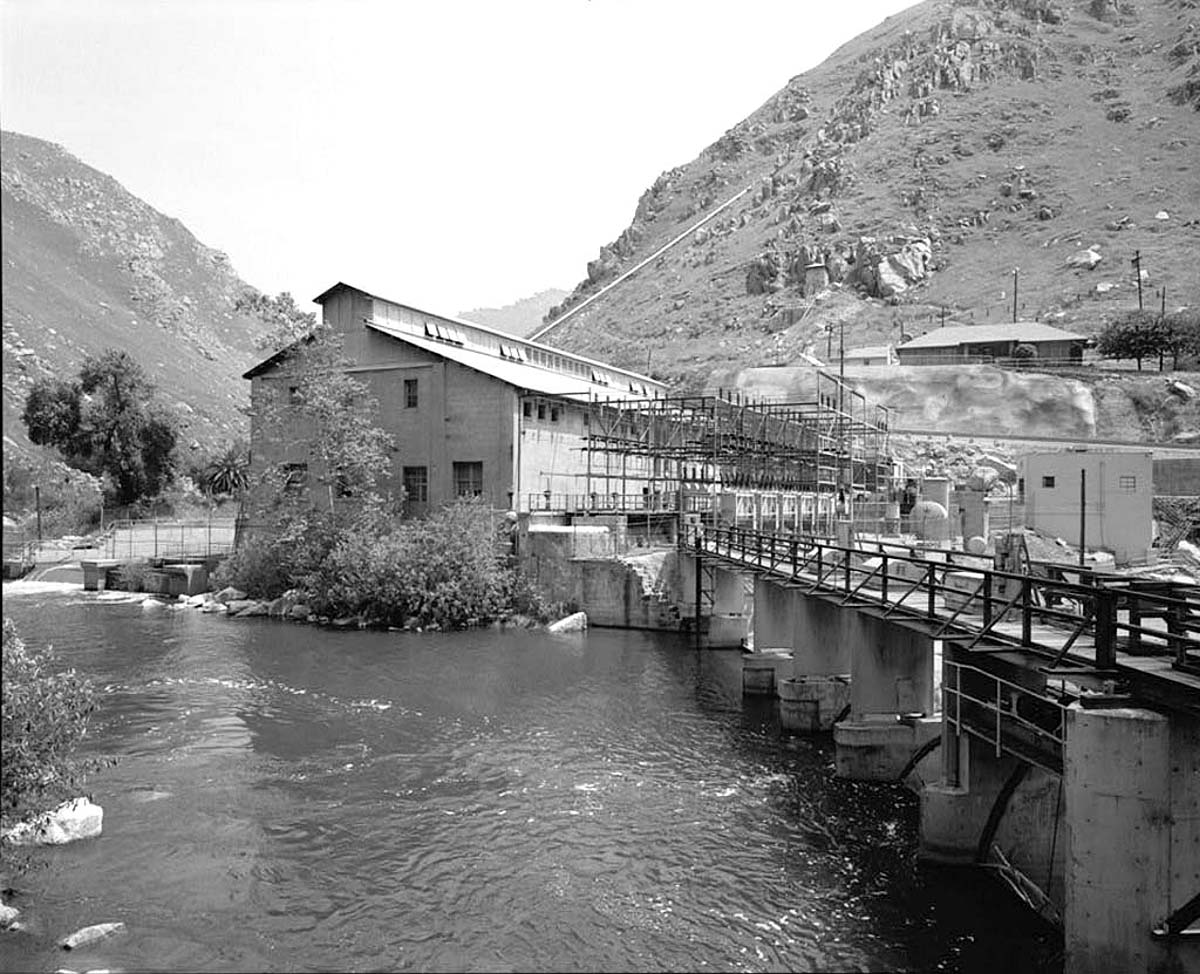
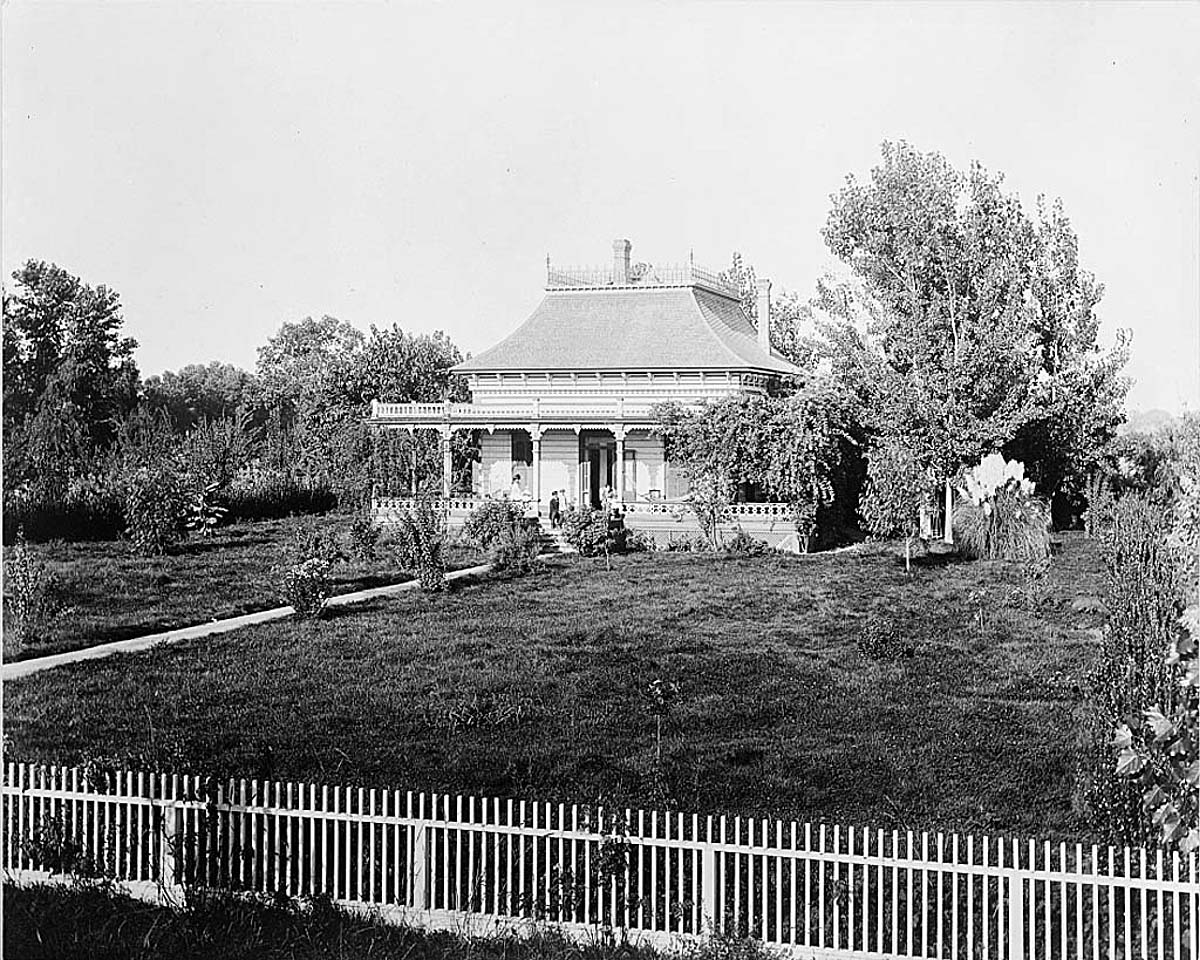
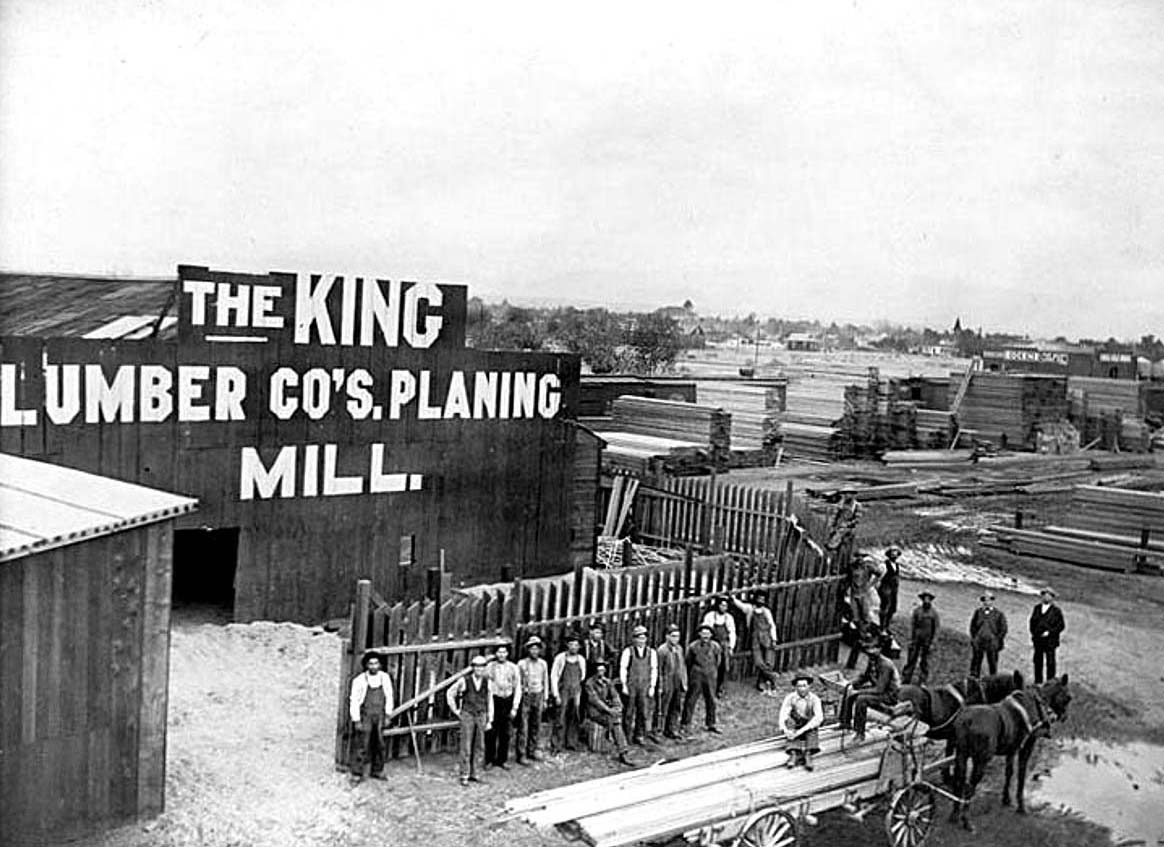

I do miss what Bakersfield was in the 70s and 80s. Anyone remember the goldfish ponds at the Valley Plaza?
My dad always used to call Valley Plaza the “Air Conditioned Money Grabber”
I remember those, and the weird basement offices at the Brock’s end.
Yep. Loved getting lunch at the Jolly Roger and watch the Christmas shoppers shuffle by.
My buddy and I went down to the library downtown and looked at a bunch of historical pictures. It’s fascinating how beautiful it used to be before the fires and the earthquake. Highly recommend doing so.
This is cool thanks. I especially liked seeing the Chinese community roots here.
Bakersfield had some really cool architecture, but the earthquake and fires really screwed that up. I read that they rebuilt downtown as fast as they could so they chose a mid century style which too me is pretty boring and the interior of some of the buildings is straight up depressing.
Yeah that little parapet on the BHS building is fire
What a shame. A growing city center with an integrated light rail system. Bakersfield had the potential to be a real city, even in spite of the earthquake.
We didn’t want to be like those darn Europeans! I mean, we did…. But also didn’t!
Before the crackheads appeared
Well, they did have cocaine in a bottle back then.
Adds a a pep to your step!